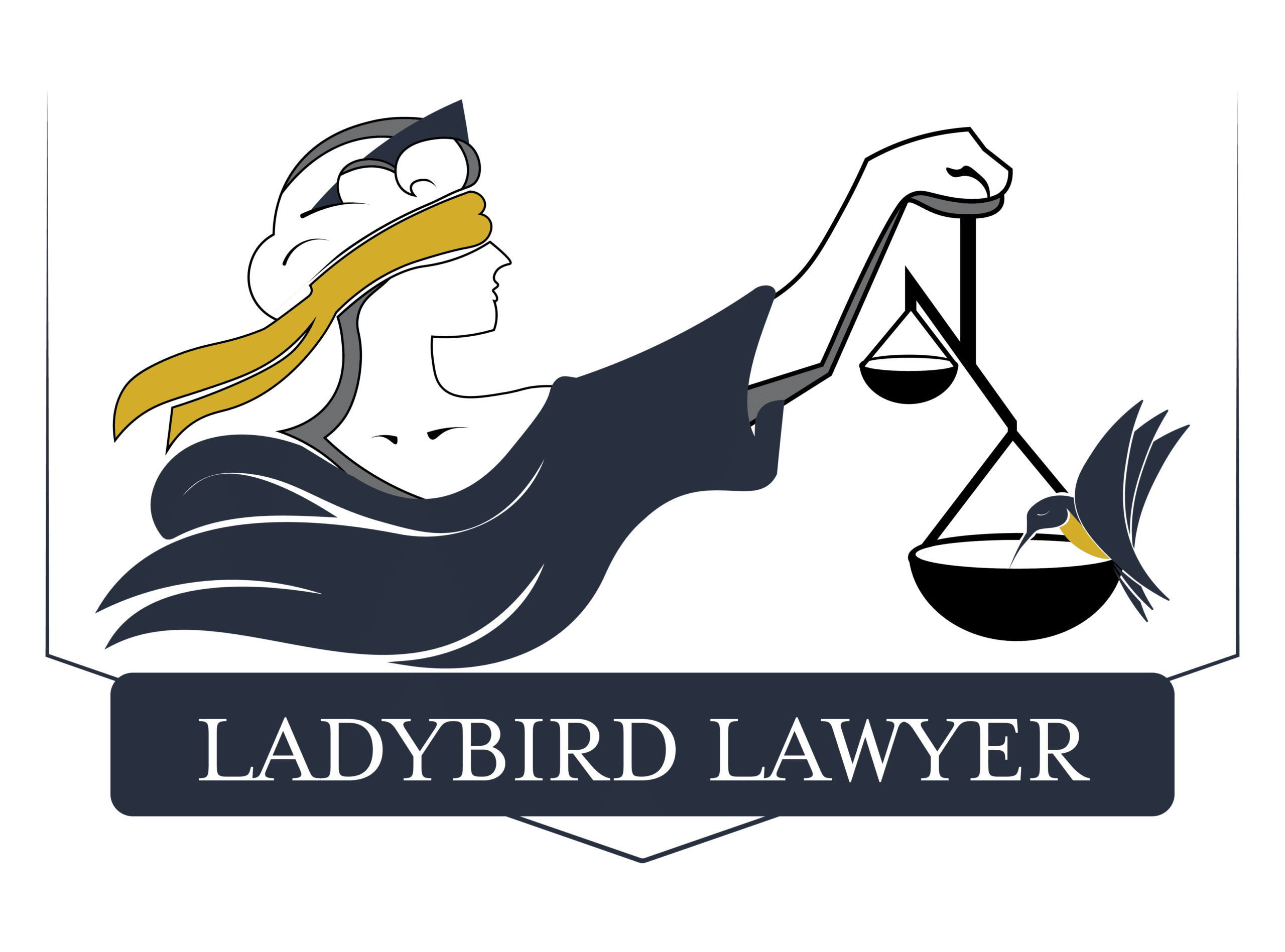Ladybird deeds and traditional life estate deeds are both legal instruments used in estate planning, particularly for the purpose of passing on property to beneficiaries. However, they have distinct differences in how they function and the level of control they offer to property owners. Here’s a comparison between Ladybird deed and traditional life estate deed:
1. Control During the Grantor’s Lifetime:
- Ladybird Deed: With a Ladybird deed, the grantor (property owner) retains full control over the property during their lifetime. They can sell, mortgage, or make changes to the deed, including altering beneficiaries, without the need for consent from the beneficiaries.
- Traditional Life Estate Deed: In a traditional life estate deed, the grantor typically retains a life estate in the property, allowing them to live in or use the property during their lifetime. However, they usually cannot sell or mortgage the property without the consent of the remainder beneficiaries (those who will inherit the property after the grantor’s passing).
2. Automatic Transfer on Death:
- Ladybird Deed: Ladybird deeds provide for an automatic transfer of the property to designated beneficiaries upon the grantor’s death without the need for probate. This transfer is not subject to the approval or consent of the beneficiaries.
- Traditional Life Estate Deed: In a traditional life estate deed, the property passes to the remainder beneficiaries upon the grantor’s death, but the process may involve probate court oversight, and the beneficiaries must approve certain transactions, such as selling the property.
3. Flexibility:
- Ladybird Deed: Ladybird deeds are known for their flexibility. The grantor can change beneficiaries, remove beneficiaries, or even revoke the deed entirely, as long as they are mentally competent. This flexibility allows for adaptation to changing family circumstances.
- Traditional Life Estate Deed: Traditional life estate deeds are typically less flexible. Changing beneficiaries or making significant alterations often requires the consent of the remainder beneficiaries.
4. Probate Avoidance:
- Ladybird Deed: Ladybird deeds are designed to bypass the probate process entirely, ensuring a quicker and smoother transfer of the property to beneficiaries after the grantor’s death.
- Traditional Life Estate Deed: While life estate deeds can avoid probate for the life estate portion, they may still involve probate for the remainder interest if the grantor did not take additional steps to avoid it.
5. Legal Complexity:
- Ladybird Deed: Ladybird deeds are relatively straightforward and are explicitly recognized in some states, including Florida. They have clear language indicating the grantor’s retained rights and the transfer-on-death provisions.
- Traditional Life Estate Deed: Traditional life estate deeds can be more complex and may require careful legal drafting to ensure that the grantor’s intent is properly executed. The division of rights between the life tenant and remainder beneficiaries can be legally intricate.
In summary, Ladybird deeds offer greater control and flexibility to property owners during their lifetime while still allowing for a streamlined, probate-avoidance transfer of the property upon their death. Traditional life estate deeds provide a life estate for the grantor but may involve more restrictions and potential complexities regarding the rights of the remainder beneficiaries. The choice between the two depends on the property owner’s goals, family dynamics, and individual circumstances, and consulting with an experienced estate planning attorney is essential to make an informed decision.




